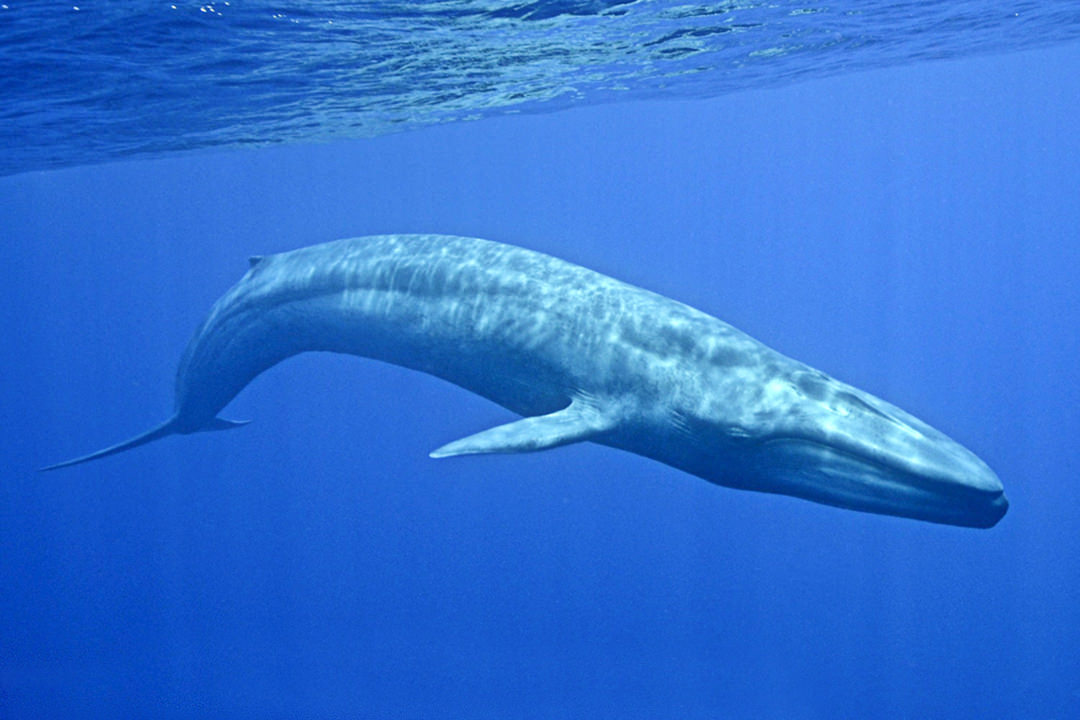Did you know that a blue whale’s lung capacity is 5000 litres? In comparison, humans can only manage a meagre six litres on average. As you can imagine, the power at which both creatures exhale is very different. Why are we telling you this, you ask? Here is a hint: when vehicles with large tires suffer blowouts, the consequences are far more severe than a bicycle tire blowout. It’s therefore imperative that tire pressures are properly monitored on large vehicles.
Here, Peter Tillotson, business development manager of tire pressure monitoring system (TPMS) expert TirePal, discusses how a TPMS can benefit crane hire companies.
Construction sites, unlike our smooth motorways and highways, pose a veritable catalogue of threats to tires. Vehicles that must traverse these kinds of terrain on a regular basis are at serious risk of punctures. Cranes have some of the biggest tires around and thus the consequences of blowouts are severe.
When crane hire companies rent out vehicles, they normally come with an experienced operator. However, even with proper care and experience, the harshness of construction sites often takes its toll.
The usual suspects
Uneven, steep and inconsistent terrain makes for interesting driving, especially when the vehicle is a 100 tonne crane. When tires are under-inflated, more of the surface area comes into contact with the ground. This causes the tire to heat up and if unmanaged, can cause blowouts.
Similarly, over-inflation can create oval shaped tires and shorten wear time. Because crane tires are so large, it is difficult to tell by sight alone whether they are properly inflated. This is when problems arise.
It’s not just the type of ground that causes issues at construction sites. By their very nature, sites are littered with sharp objects that are very good at finding their way into tires.
Nails, screws and glass are just some of the common culprits. If these penetrate tire walls, when the under-inflated tires come into contact with hard road surfaces, tire temperature increases. Before you know it, a blowout has occurred.
Consequences
So your crane has had a blowout and is stranded at the side of the road. At the very best, a new tire, maintenance and recovery are going to cost in the region of £1000. However, there could be far more serious consequences.
We’ve spoken to plant hire companies that have horror stories about crane tire blowouts. One such story involves cars written off after taking the full force of a crane tire blowout. Luckily no one was injured in this incident, but if pedestrians were next to the crane, the outcome would have been a lot more severe.
Another story involves a crane losing control after a blowout and colliding with a lamp post, bringing it down in the middle of the road and damaging cars. The insurance claim against the crane hire company ran into the hundreds of thousands.
Prevention is better than cure
Vehicles operating in difficult terrains, like construction sites, are particularly susceptible to tire problems. Cranes and other heavy-duty vehicles are designed with rugged tires, but this doesn’t prevent blowouts.
By using a TPMS, crane hire companies reduce maintenance costs, risks to human life and insurance claims.
The associated costs when a crane suffers a blowout can be considerably large. If a TPMS manages to prevent one blowout from happening, the system instantly pays for itself.
Originally published on premierconstructionnews.com

